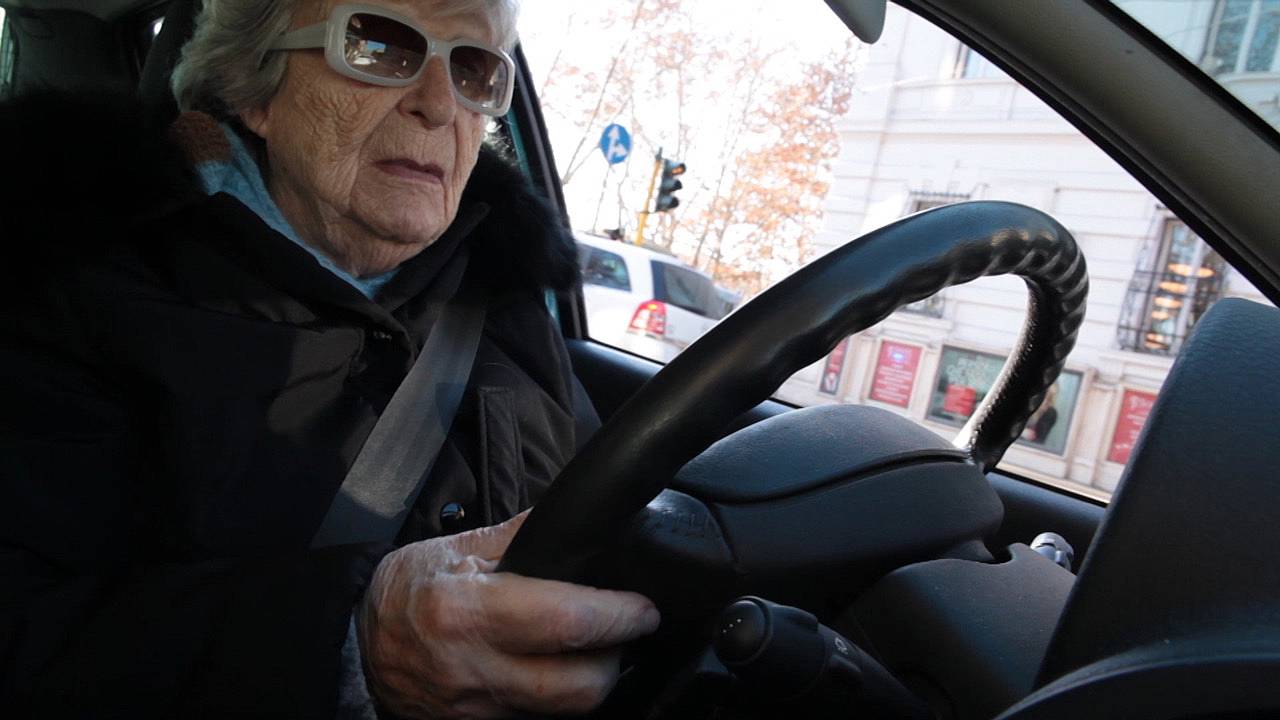Uncover the truth about older drivers and challenge the prevailing prejudices. Delve into the evidence and explore the safety records, abilities, and experiences of older drivers. This comprehensive review aims to debunk common misconceptions and shed light on the realities faced by older drivers.
My friend’s battle to get her father off the roads had its comic moments. For example, after she’d secretly removed the battery from his car and locked it in the boot, she was sure she’d won. But it turned out her father was still capable of ringing the roadside assistance service when his car didn’t start. The mechanic obligingly fitted a new battery. My friend had to laugh at being outfoxed by an 82-year-old with dementia, and as it turned out, glaucoma, cataracts, and a heart condition. But mostly she wasn’t laughing as she tried to persuade her father to give up driving. She was frantic. Previously, she’d called his GP and the police to no avail.
An only child who lived far from her divorced dad, she charted his decline in four-monthly intervals. On each visit his car was more battered. On one occasion her husband returned from a drive with his father-in-law, ashen and shaky, saying they were lucky to be alive. A year or two went by and eventually the police did knock at his door and, whether legal or not, demanded the car keys. “He rang and abused me,” my friend says. “I could cope. I was so worried he’d kill someone.”
It’s one of the worst tasks facing an adult child – to convince a parent to hand in the car keys. And it’s stories like this one, I know, that feed our prejudices about older drivers. In most states and territories once drivers hit 85 they’re compelled to do an on-road test and be re-tested every year or two. These compulsory tests are one of the last official pieces of age discrimination on the law books. Many older people resent the discrimination; others, my mother and her friends included, are filled with dread for months, and sick with nerves when the test day comes. Failing can mean the end of an independent life.
So I recount my friend’s experience not to bolster the case for age-based testing but to illustrate its shortcomings. This tragi-farce played out in WA. It has one of the strictest testing regimes in the country yet it failed to remove my friend’s father from the roads.
Like most people, I’ve harboured prejudices about older drivers. But I’m also a stickler for evidence, and in researching this issue I was amazed to learn Victoria has no mandatory testing of older drivers. And guess what? It has the lowest older driver crash rate (per licences issued) in the country. Tasmania abolished its test two years ago after a major review that concluded the tests couldn’t be justified on road safety grounds: “Rather, the justification has been the political and community perception that older drivers are poorer drivers…..” Crashes involving older drivers received disproportionate media attention, it said, but older drivers were in fact “not a major road safety problem” and were “not over-represented in crash statistics”.
Unlike death-defying 18 year-olds, older drivers tend to put limits on their driving. They drive slower, shorter distances, familiar routes, and not at night. They’re less likely to drink and drive.
“The problem with the mandatory tests of older drivers is that they’re not getting the right people off the road; and sometimes they’re getting the wrong people off the road,” Dr Judith Charlton, associate director of the Monash University Accident Research Centre, told me. There’s an enormous amount of evidence from around the world, she said, that shows these tests don’t make the roads safer.
Even so drivers do tend to make more errors as they hit 85, including potentially dangerous ones, such as failing to check blind spots. In a study of 266 Australian drivers aged 70 to 88 with no signs of dementia the rate of critical errors during a driving test quadrupled from between the ages of 70 to 74 and 85 to 89. The younger group had an average of less than one critical error that required the driving instructor to hit the brake or grab the steering wheel; the older group almost four critical errors.
But even the study’s author, Professor Kaarin Anstey, director of ANU’s Centre for Research on Ageing, Health and Wellbeing, doesn’t support compulsory on-road tests. “The money would be better spent improving off-road screening to identify risky drivers,” she told me. Giving older drivers refresher lessons about blind spots and lane-changing could also help.
Doctors also need to be more pro-active in helping to weed out those medically unfit to drive. My friend’s father was three years off having to do the road test. But from age 80 he’d been required under WA law to do a medical test to keep his licence. Why the medicos didn’t act is a worry.
Last month the NSW Older Drivers Taskforce, after a review, recommended the retention of compulsory tests (though not for drivers prepared to be restricted to their local area). The taskforce was appointed by the NSW Coalition after it won office in 2011. In opposition, Barry O’Farrell, now premier, had promised to revoke the tests declaring at the time: “If other states can….. treat older drivers with the respect and dignity they deserve, it should be possible in NSW.”
Unfortunately the task force’s report, which the government has adopted, is not a public document. Yet it would be helpful to see the evidence it’s assembled. The report is being sought by the Combined Pensioners and Superannuants Association under freedom of information laws. Some supporting evidence provided to me by the government cites the huge projected growth in drivers aged 85 and over. Also it shows that relative to other age groups more older drivers are involved in “casualty crashes”. But it’s well-known older drivers, being frailer, are more easily hurt in crashes that would hardly leave a scratch on a younger person. (A good reason for older people to shop for a larger, safer car). And they’re more like to kill themselves than others.
My friend’s voice catches as she tells me about the awful aftermath for her father of losing the keys to the road. “He became a recluse,” she says. “He couldn’t get to his cafe. It was heart-breaking. Such a macho man, his car meant everything to him.” It wasn’t long before he was in a nursing home.
Intuitively it makes sense but experts maintain the current assessment system is inadequate, discriminatory and failing to improve road safety. Potentially it can spell ruination for people with active minds, busy lives and poor public transport options. It seems a better way is needed to target the dangerous and help the nervous.







